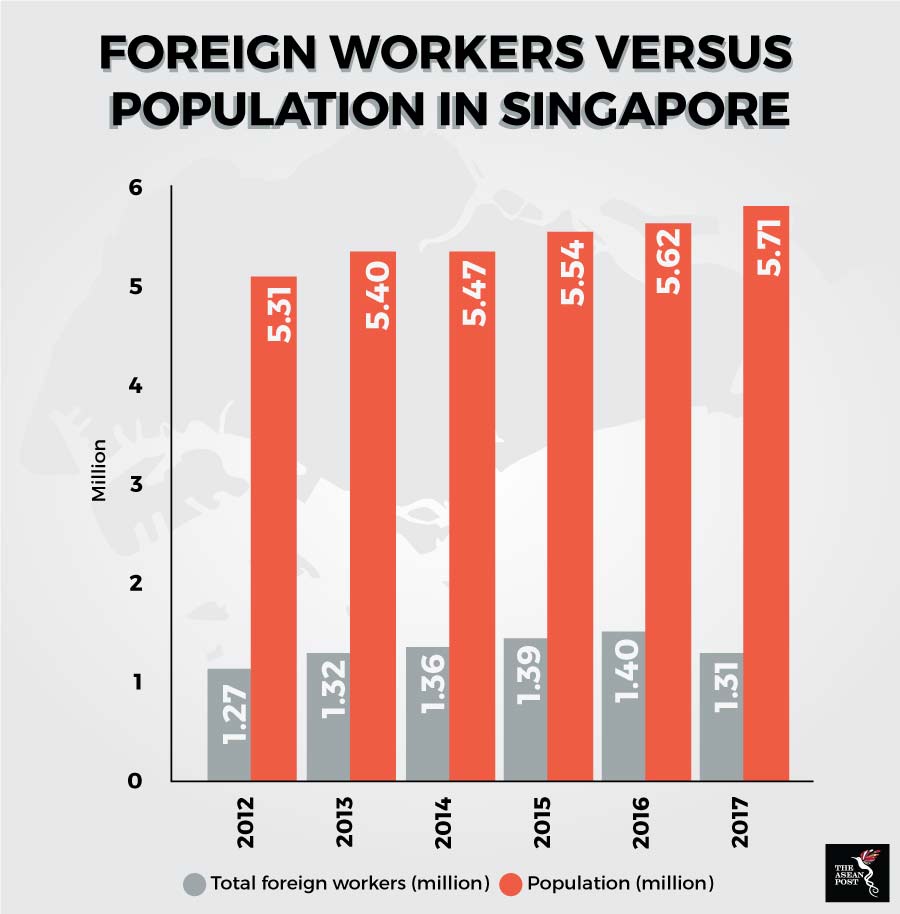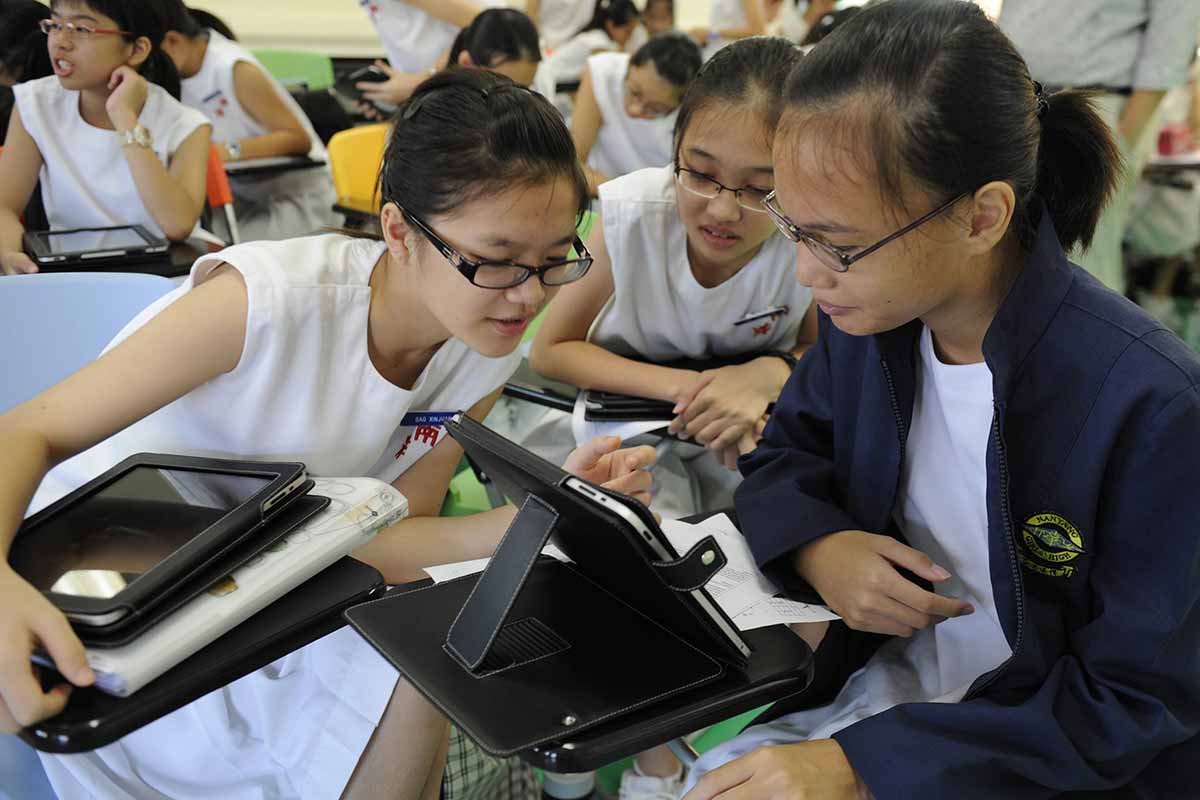Singapore’s Education Minister Ong Ye Kung recently revealed that the government there intends to bring in foreign talent in areas critical to Industry 4.0. Ong said that meanwhile, the country will work on rebalancing its education system to meet future demand. The idea is that foreign talent will be able to help the country achieve its target of becoming a “Smart Nation” while schools prepare current students to fill in those roles later.
Ong’s statement raises alarm bells for two reasons: Singapore’s high foreign worker numbers compared to the total population and the recent Cisco and Oxford Economics forecast that reports Singaporeans will see the highest percentage of job displacement among ASEAN-6 countries in 2028 – 21 percent.
Despite boasting one of the best education systems in the world by some standards, Singapore has been grappling with the challenge to instil a more innovative-based – as opposed to exam-oriented – curriculum for some time now despite numerous government efforts.
In July last year, Viva Sinniah, Executive Chairman of PSB Academy wrote in the Singapore Business Review that Singaporeans had been underperforming in areas of creative output like domestic trademarks applications and creative industry exports.
Ong, too, was recently quoted in the media as saying that while the education system had its strengths, adjustments needed to be made between an over-focus on exam results and higher-order outcomes.
“We need to re-balance that (the education’s strengths and needed adjustments) so education is more fun, more joyful, more holistic and children have a passion and an aptitude in deciding what they want to do,” he added.
Foreign workers
An innovative education system isn’t the only thing on Singapore’s priority radar. In 2014, the Ministry of Manpower announced the Fair Consideration Framework (FCF) which requires employers to consider Singaporeans fairly for all job opportunities before hiring Employment Pass (EP) holders.
One of the key requirements of the FCF is that firms making new EP applications must advertise the job vacancy on a new jobs bank administered by the Singapore Workforce Development Agency (WDA). Each advertisement must be open to Singaporeans and run for at least 14 calendar days.
In July, the Ministry of Manpower broadened the FCF advertising requirement to firms with 10 or more employees and job positions that pay a fixed monthly salary of less than SGD15,000 (US$10,984). Previously, firms with 10 to 25 employees and jobs that pay from SSD12,000 (US$8,787) to below SGD15,000 a month were exempted.
The FCF was born out of the need for Singapore to address its high number of foreign workers. According to Ministry of Manpower statistics, foreign worker numbers reached an all-time high in 2016 with approximately 1.4 million foreign workers compared to the 5.62 million population.
The plan to bring in more foreign talent could possibly prove to be counterproductive unless Singapore succeeds in churning out new talent through innovative schools.

Source: Various sources
Government efforts
In attempting to make its education system more innovative, the Singapore government has taken several steps including the introduction of courses with no grades in schools. At least a tenth of admissions to universities are now based on aptitude rather than purely on results.
The changes in schools are part of a broader government effort to boost innovation and technology, which also includes a commitment to invest SGD19 billion (US$13.9 billion) over the next five years in these areas.
As early as 2009, the Ministry of Education’s Programme for Active Learning (PAL) was initiated where students are exposed to experiential learning through outdoor education.
Under the programme, for example, the Chongzheng Primary School’s first project involved asking a group of its pupils to spend time in a home for the elderly and coming up with life-improving, marketable solutions. A problem the students found was that the elderly often got lost. As a solution, they suggested GPS-enabled walking sticks.
There are several schools which Singapore can learn from to innovative its education system, such as the AltSchool in San Francisco, California which places less emphasis on a standard testing model and uses a curriculum that improves technology skills and gets its students thinking flexibly so they can adapt to a changing environment. Among the things the students learn include turning everyday objects into circuit boards and using 3D modelling to build playhouses.
Singapore is aware of the need to instil more innovation and creativity among its student population to meet the challenges of Industry 4.0. It is this awareness and proactiveness that could make the difference and prevent the country from falling behind when the gears of Industry 4.0 go full speed ahead.
Related articles:
